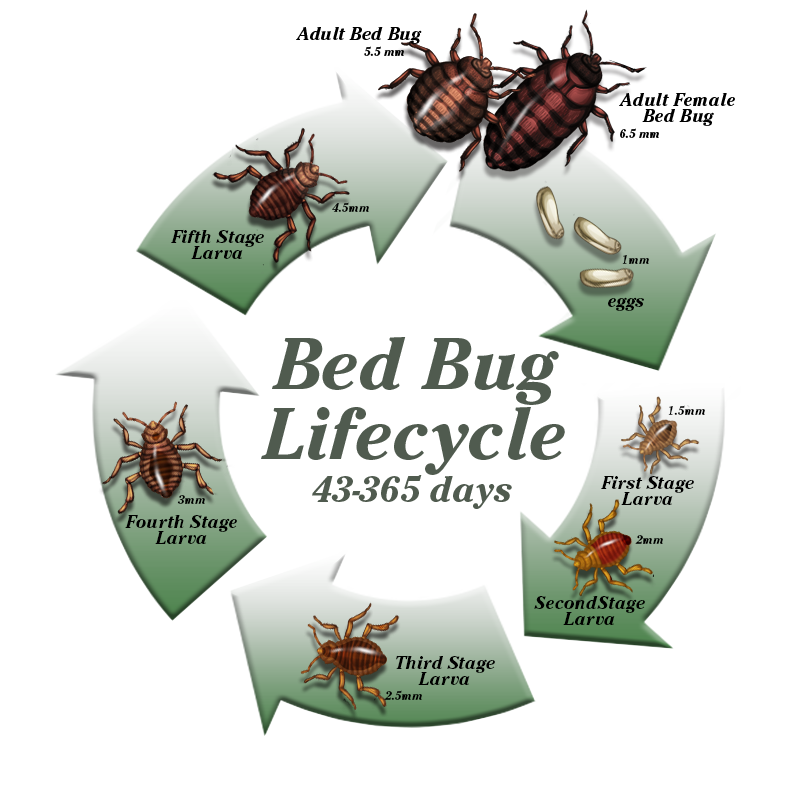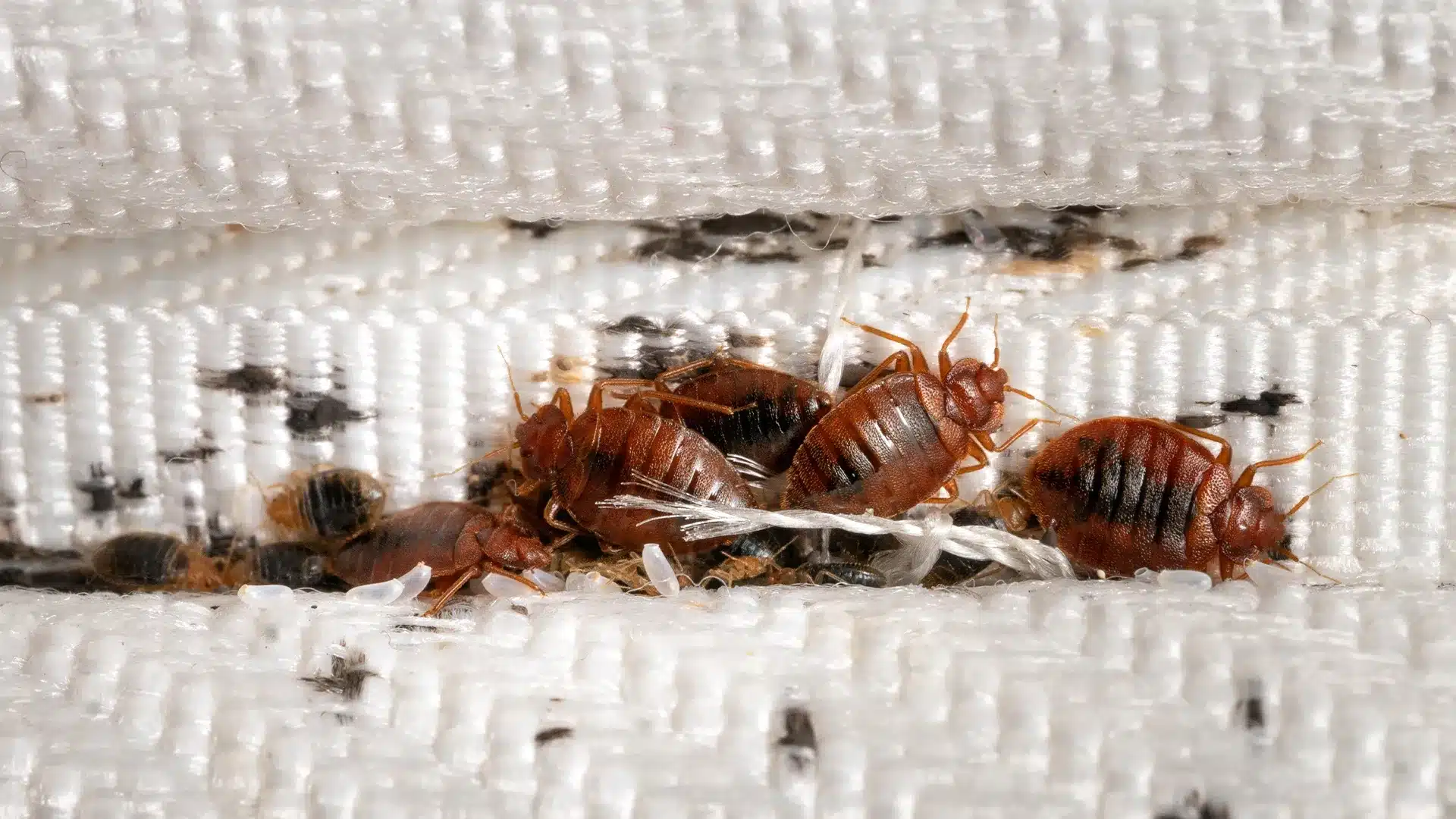Affordable Arlington Exterminator Services to Eliminate Pests Fast
Affordable Arlington Exterminator Services to Eliminate Pests Fast
Blog Article
Get Educated About the Sorts Of Bug Control Approaches and Their Benefits for Home Owners
Understanding the numerous bug control techniques readily available to house owners is vital for reliable bug management. Property owners that are well-informed can make critical choices that not only address bug issues yet additionally boost the general high quality of their living setting.
Chemical Bug Control Methods
Chemical insect control techniques are a vital part of incorporated parasite management methods for house owners seeking reliable remedies to pest problems. These methods involve the application of chemical compounds made to remove or deter parasites that endanger individual residential property, health, and comfort. Usual chemicals utilized include pesticides, fungicides, herbicides, and rodenticides, each tailored to target particular pests.
The primary benefit of chemical insect control is its quick efficiency; several formulations offer immediate results, decreasing pest populaces dramatically quickly. In addition, advances in chemical formulas have actually caused products that are more environmentally pleasant and have reduced toxicity degrees for non-target organisms when applied correctly.

Organic Pest Control Methods
All-natural pest control approaches have acquired prominence as property owners look for more secure and more sustainable options to standard chemical strategies. Biological insect control methods use all-natural killers, bloodsuckers, or pathogens to manage insect populaces effectively. This technique is not just eco-friendly however also minimizes the risk of injury to non-target types, including beneficial pests and wildlife.
Among the most usual biological control approaches includes presenting natural killers into the setting. Ladybugs can be used to manage aphid populations, while nematodes target soil-dwelling bugs like grubs. Additionally, parasitoids-- microorganisms that live on or within a host-- can be utilized to regulate particular parasite species by laying eggs inside them, inevitably resulting in their death.
An additional method is using biopesticides, which are derived from all-natural products such as plants, minerals, or germs (bed bug exterminator). These products can properly target pests while positioning marginal threat to pet dogs and humans. In general, organic parasite control techniques offer house owners with a reliable means of insect administration that straightens with eco-friendly concepts, promoting a healthier living environment while minimizing dependence on artificial chemicals
Mechanical Parasite Control Strategies
Mechanical pest control techniques include a range of techniques that literally protect against or remove pests without the use of chemicals. These techniques are particularly useful for house owners looking for eco pleasant choices while making sure the safety and security of their home.
One usual approach is making use of obstacles, such as catches, displays, and internet, which prevent pests from entering homes or particular areas. For circumstances, installing window screens can effectively keep insects out, while using physical barriers around gardens can hinder bigger insects like deer or bunnies. Furthermore, mechanical traps designed for rats can capture and get rid of these bugs without the need for poisonous compounds.
Another efficient strategy entails making use of mops and vacuums to remove bugs directly from surface areas. Regular cleansing and maintenance can dramatically decrease pest populaces by Source eliminating food sources and hiding areas. Furthermore, employing tools like ultrasonic pest repellents can deter different pests with sound waves that are undesirable to them but inaudible to human beings.
Social Pest Control Practices
Cultural bug control practices focus on changing the setting and management methods to develop conditions that are less favorable to pest problems. These practices are essential in preserving a well balanced community and minimizing the dependence on chemical interventions. By altering agricultural methods, home owners can effectively discourage bugs while advertising plant wellness.
One common approach includes crop rotation, which interrupts the life process of bugs by transforming the kinds of plants expanded in a specific area (bed bug exterminator). This not only reduces pest populations however likewise enhances soil health and wellness. Furthermore, intercropping-- growing diverse crops in distance-- can perplex bugs and lower their capacity to situate their recommended host plants
Water monitoring is an additional essential facet of cultural techniques. Correct watering methods can stop standing water, which works as a breeding ground for mosquitoes and other parasites. Keeping tidiness in and around the home, such as frequently removing particles and food waste, can dramatically minimize insect attraction.
Including these cultural practices right into an extensive pest monitoring method allows home owners to produce an click to read more environment that normally discourages pests, consequently enhancing the performance of other control approaches while advertising sustainable horticulture and landscaping.

Integrated Bug Monitoring Approaches
Integrated Pest Administration (IPM) stands for an all natural approach that integrates different approaches to effectively handle bug populaces while decreasing environmental impact. This approach incorporates organic, social, physical, and chemical techniques to attain sustainable pest control. By evaluating pest populations and their natural adversaries, IPM highlights surveillance and recognizing insects before executing control measures.
One of the core concepts of IPM is the usage of thresholds, which develop the level of pest task that warrants intervention. This makes certain that therapies are used only when necessary, lowering the reliance on chemical pesticides. Biological control approaches, such as presenting all-natural killers or bloodsuckers, operate in conjunction with cultural practices like crop turning and environment control to interrupt pest life cycles.
In addition, IPM urges using least-toxic chemical choices when intervention is necessary, focusing on items that present very little risk to non-target organisms and the setting. For home owners, embracing IPM approaches not only boosts the effectiveness of insect management yet likewise promotes a much healthier living atmosphere, promoting biodiversity and reducing chemical direct exposure. Eventually, IPM empowers home owners to make educated decisions that stabilize insect control with ecological duty.
Final Thought
In conclusion, comprehending the different bug control approaches encourages home owners to make enlightened decisions concerning pest administration. Each technique-- chemical, organic, mechanical, cultural, and incorporated bug administration-- uses unique benefits that cater to different needs and preferences.
Understanding the various insect control techniques available to property owners is vital for efficient bug monitoring.Chemical bug control techniques are an essential part of incorporated bug administration techniques for property owners seeking reliable remedies to pest invasions. Generally, biological insect control techniques give home owners with an effective means of pest monitoring that straightens with eco-friendly concepts, promoting a healthier see here now living setting while decreasing reliance on artificial chemicals.
Cultural parasite control methods focus on changing the environment and monitoring methods to create problems that are less helpful to pest infestations.In verdict, comprehending the various bug control methods equips property owners to make enlightened decisions pertaining to pest administration.
Report this page